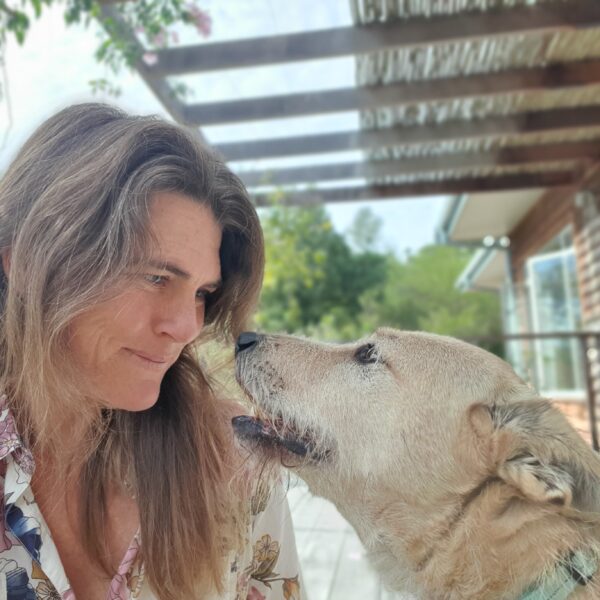Bahia Formosa Primary in Plettenberg Bay is the first school in South Africa to start breaking ground (literally!) using a Harmony Project curriculum. Sarie du Plessey, Bahia Formosa’s Headmistress and Shannon, our teacher correspondent found a home for Harmony’s revolutionary way of learning by working with us to explore the life skills topics for CAPS foundation phase (National South African curriculum, grades R to 3) to localised sustainability themes that draw on our local ecosystems for inspiration.
You could say we are building from the ground up this term. While the foundation grades are busy with the newly developed localised projects for enquiry, the older students have been helping us set up their new living learning spaces around their classrooms. Friday is now gardening day for the grade 4 to 7’s. We are lucky enough to have Neil Graham, Kwendalo’s Estate Manager and a sustainable agricultural specialist, on our support team leading the development of these essential living learning spaces. So far, we have taken a drone up to create an aerial map of the school, so that the students can use this blueprint to calculate and design the growing spaces we will be creating over the next few months. Neil has also assessed the agricultural potential of the school so that we can design project overviews that engage students in activities that really make a difference to the school grounds, which is both empowering and learning for a purpose.
It all starts with soil and seedlings
The rest of the summer term has been devoted to creating a compost heap or two, using old wooden pallets, which the students can use to compost the paper waste from their classrooms as well as the organic waste from their lunchboxes. Elliot the garden manager is on standby to stop anyone accidentally jumping on the ever-growing piles in an unused corner of the playground and disturbing a sleeping snake curled up in there for warmth.
Part of the grade Two’s life CAPS/Harmony crossover this term has been focused on what soil needs to be healthy as part of the wider question, “What do I need to be healthy?” in which they explore the connection of creating healthy soil to growing and eating healthy food. They will be given responsibility for collecting the daily organic and paper waste from each class and adding it to the compost heap, they will also monitor the changes in height as the piles grow. At the end of the term, they will be in charge of flipping the pile over to see creation of the new soil/compost underneath before handing the task over to the next class in the following term whose project best matches the care for compost tasks.
Give students something to do, not something to learn; and if the doing of such involves thinking, then learning will be the natural outcome.
– John Deway
Seedlings, some old tyres and sacks of Kwendalo’s amazing compost were all the encouragement students needed to get stuck in. Neil and Ryan, our first volunteer, helped the students pick out perfect spots near their classrooms which had the right amounts of shade and sun for the seedlings. With their hands focused on testing the colour and composition of the soil, the questions started, and the real relevance of their accumulated learning began, including working out exactly how many months, weeks and days their seedlings would take to produce fruit for them to take home and eat.
During the potting phase, the students had to measure the height of their seedlings’ root bases to make sure they made deep enough holes for them. They then had to learn how to shake out the seedlings from their packets without breaking the plant stems which were likened to our spines serving the same function in both cases. Neil had brought his own seedlings that could be spared from Kwendalo and taught the students the types and uses of each plant, introducing them to the concept of medicinal plants, including comfrey for breaks and sprains. By far the most popular were the strawberry seedlings which unfortunately will also be popular among the mischievous monkey population currently plaguing the school, who are most adept at stealing students’ lunches during breaktime. A problem to solve next term!
Our Autumn adventures will start off with the creation of a monkey proof nursery shed made from recyclable materials and the creation of banana circles to filter grey water better. Catching rainwater is also on the agenda in our new tank, kindly donated by Thomas and Anna Kronewetter, just in time for the winter rains, or so we hope! We have only just gotten started building our first slice of Homegrown Harmony and look forward to growing it from here.


